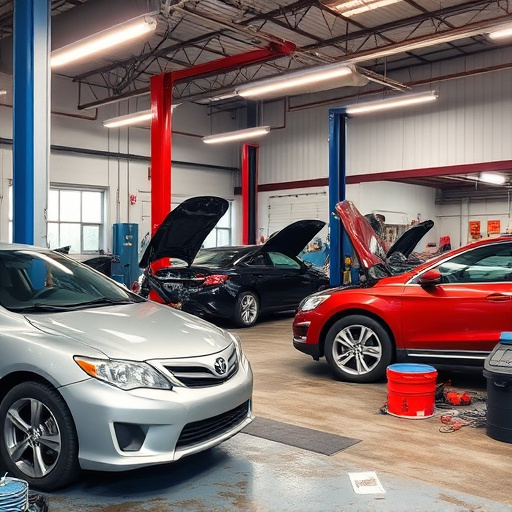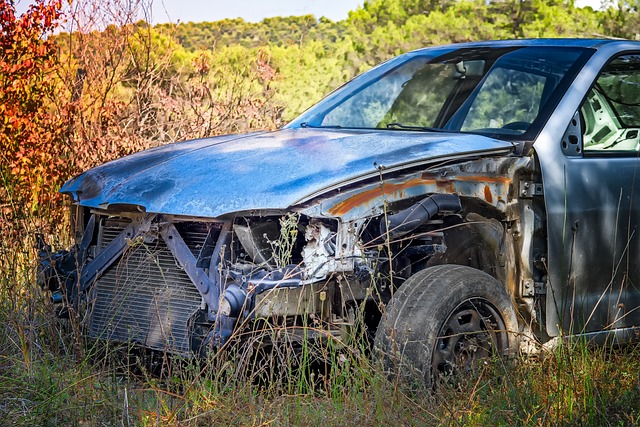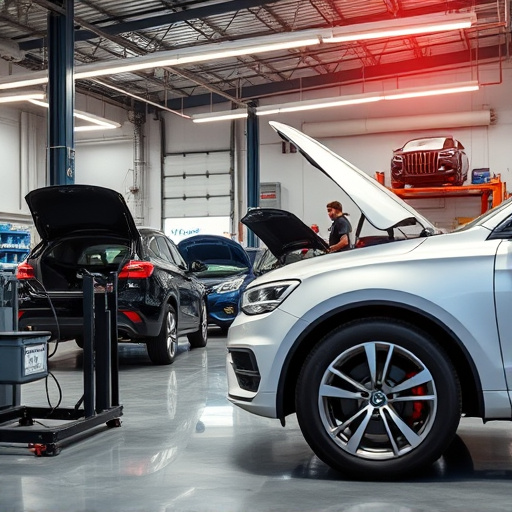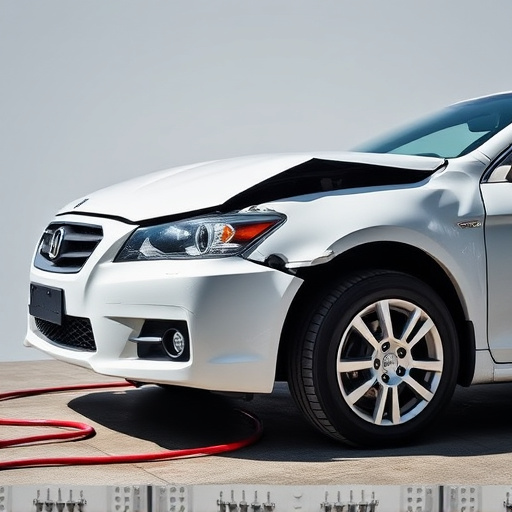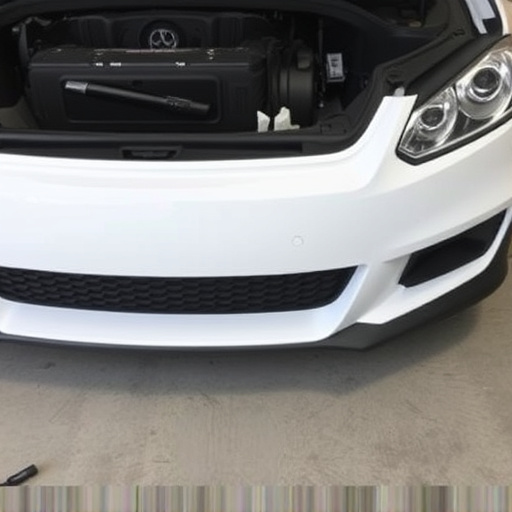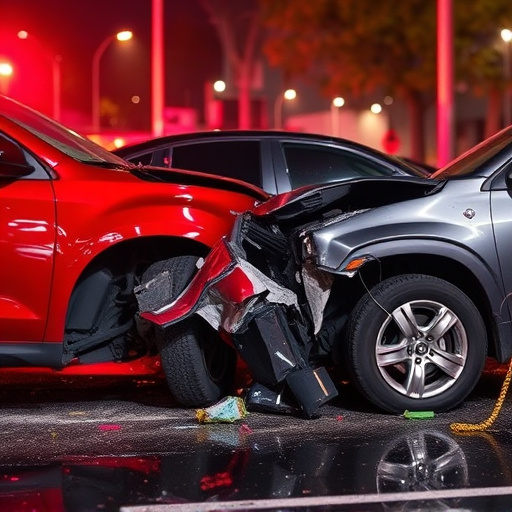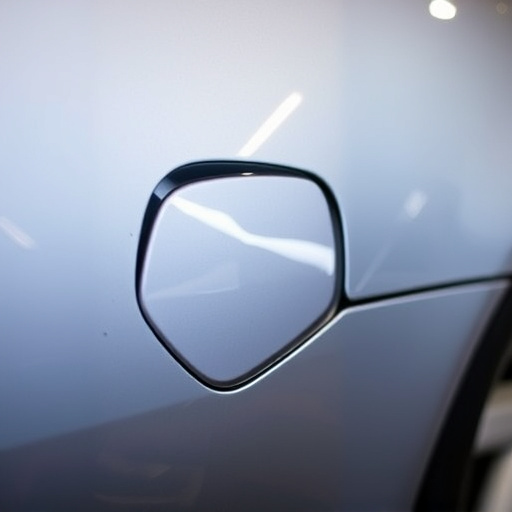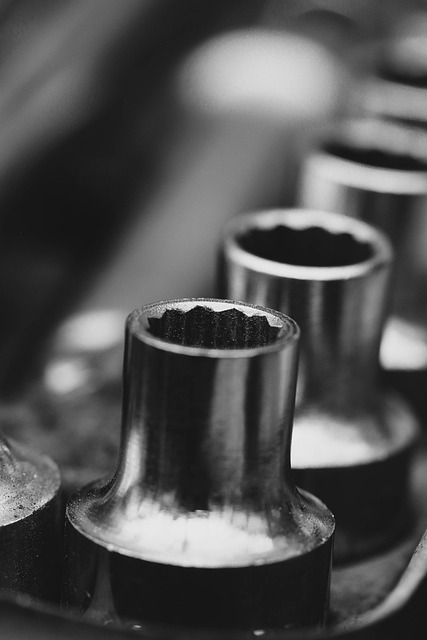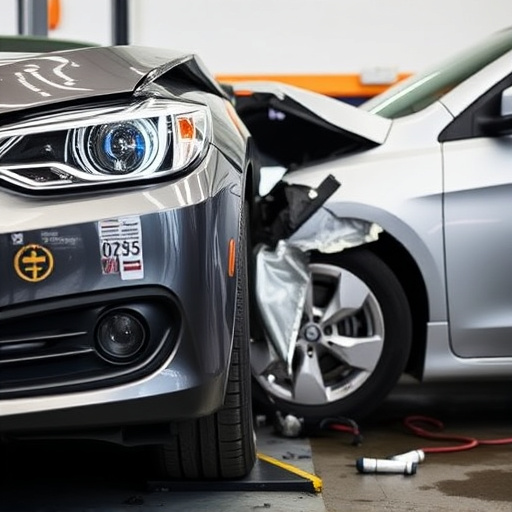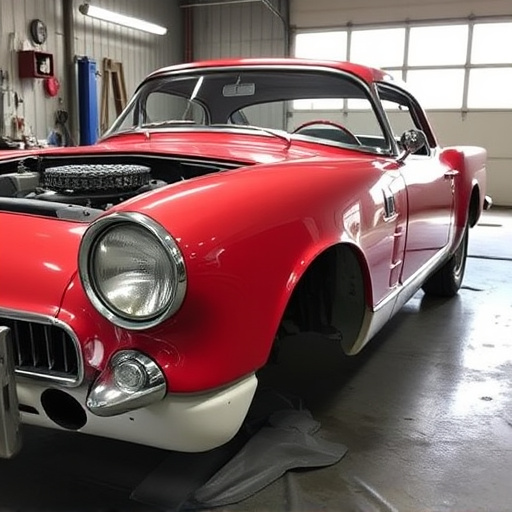Frame alignment checks are essential in high-end car brands like Mercedes Benz's repair process, ensuring safety and performance by identifying even minor misalignments. Repair quality inspections verify component accuracy, addressing issues that could impact functionality and safety. Best practices for effective frame alignment checks include using up-to-date tools, advanced technology, focusing on key components, and maintaining detailed records. These steps enhance the overall repair quality inspection process, satisfying customers and preserving vehicles' structural integrity.
Frame alignment checks are a crucial aspect of the repair quality inspection process, ensuring vehicle safety and performance. This comprehensive guide delves into the significance of these checks, highlighting their role in identifying misalignments that can impact handling and wear on components. We explore best practices for effective frame alignment checks during repair quality inspections, providing insights to enhance precision and efficiency in auto servicing. By focusing on this critical procedure, professionals can deliver superior repair quality, ensuring customer satisfaction and road safety.
- Understanding Frame Alignment Checks
- The Role of Repair Quality Inspection
- Best Practices for Effective Frame Alignment Checks
Understanding Frame Alignment Checks
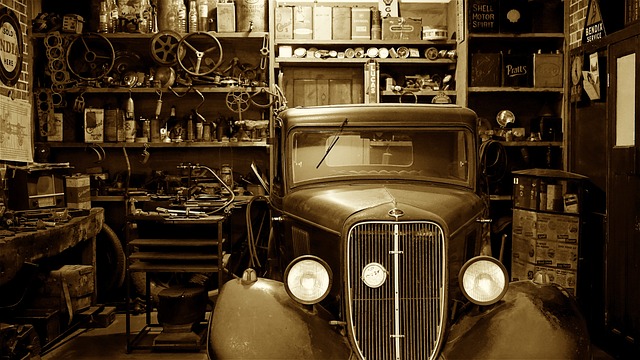
Frame alignment checks play a critical role in any repair quality inspection process. These checks ensure that the vehicle’s frame is correctly aligned and structured, which is crucial for safety and performance, especially in high-end luxury car brands like Mercedes Benz repairs. During this meticulous process, technicians use advanced tools to assess the frame’s stability, identifying even the smallest misalignments or deformities that could impact driving dynamics.
In the realm of body shop services, particularly for fender repair and more complex Mercedes benz repair tasks, precise frame alignment is paramount. It ensures that all components are restored to their original specifications, guaranteeing a seamless blend of aesthetics and functionality. By implementing thorough frame alignment checks, auto repair experts can deliver top-tier workmanship, ensuring customer satisfaction and the longevity of the vehicle’s structural integrity.
The Role of Repair Quality Inspection

The repair quality inspection is a critical step in ensuring that vehicles, after undergoing repairs, meet the highest safety and performance standards. This meticulous process involves a comprehensive evaluation of various components, including frame alignment. During this phase, skilled technicians scrutinize the vehicle’s structural integrity, particularly after auto collision repair or car dent repair. They check for any misalignments, deformities, or damage that might have been missed during the initial assessment, ensuring that every part is in optimal condition before re-entering circulation.
A thorough repair quality inspection also plays a pivotal role in verifying the accuracy and effectiveness of auto repair services. By implementing rigorous checks, technicians can identify subtle issues that may impact the vehicle’s overall functionality and safety. This proactive approach not only safeguards drivers but also helps prevent potential future repairs, making it an indispensable practice in the auto industry, especially when addressing concerns related to auto collision repair or car dent repair.
Best Practices for Effective Frame Alignment Checks
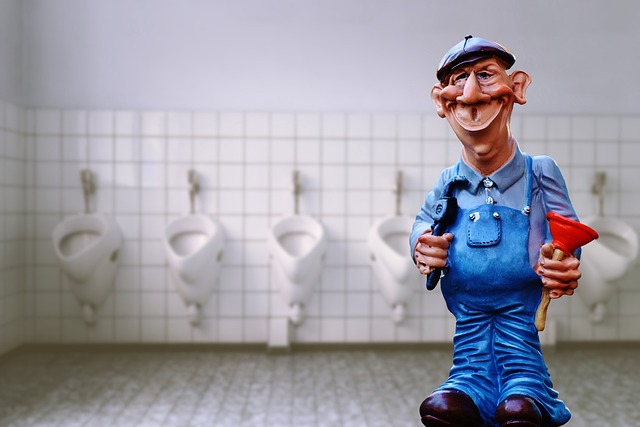
To perform effective frame alignment checks during a repair quality inspection, several best practices should be adopted. Firstly, ensure that all necessary tools and equipment are up-to-date and calibrated to avoid any measurement errors. Secondly, inspect the vehicle from multiple angles to catch any misalignments that might go unnoticed from a single perspective. This involves using advanced technology like laser alignment systems for precise results.
Moreover, when conducting these checks, pay close attention to key components such as suspension, steering, and chassis. Look out for signs of damage or wear that could indicate previous repairs or accidents. In a collision center or vehicle repair services setup, maintaining a detailed record of every frame alignment check is crucial. This not only facilitates tracking the vehicle’s history but also enables comparing current measurements with past data to identify any trends or deviations, enhancing the overall repair quality inspection process.
Frame alignment checks are a vital component of any comprehensive repair quality inspection process. By understanding their significance and implementing best practices, automotive technicians can ensure precise measurements and maintain high-quality standards. This meticulous approach not only guarantees customer satisfaction but also contributes to the overall safety and reliability of vehicles on the road, making it an indispensable practice in modern auto repair.
